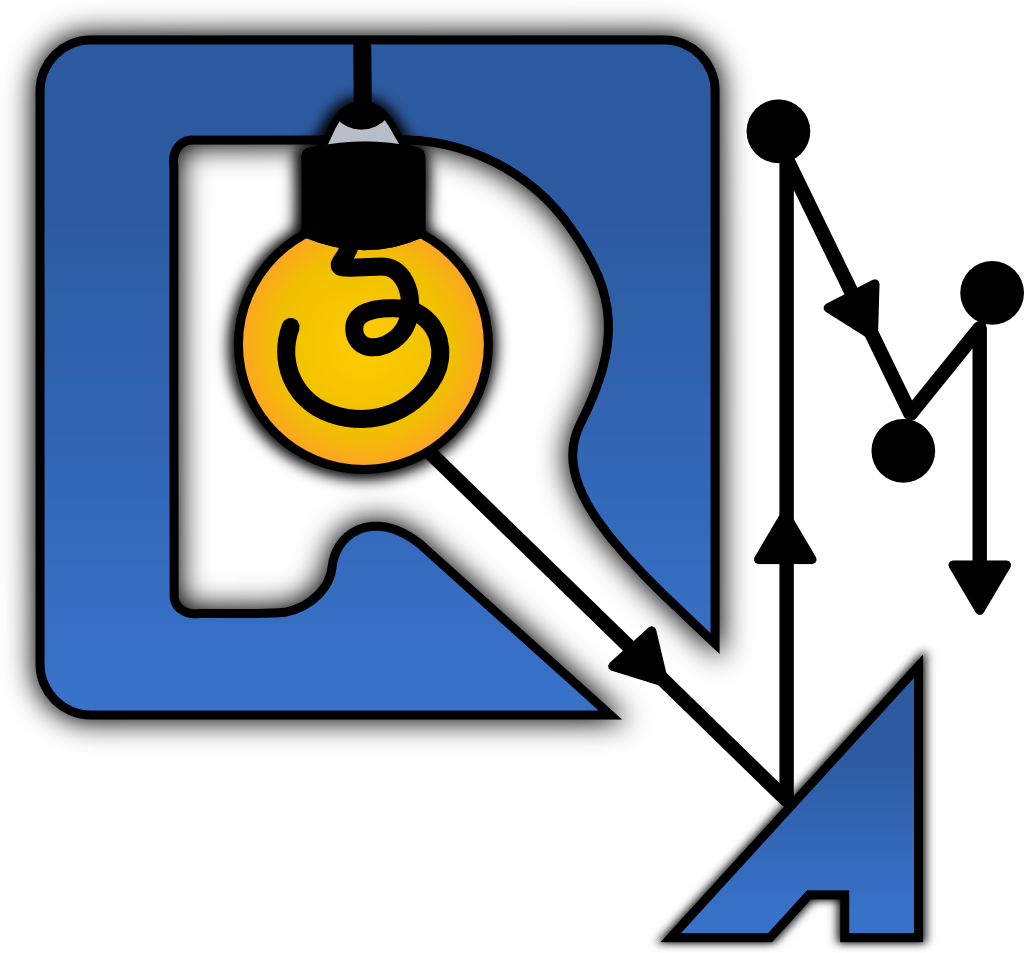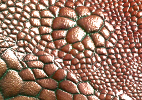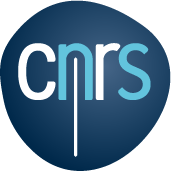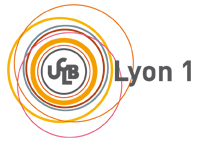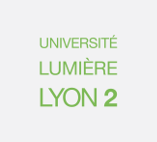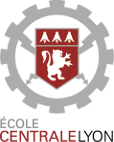Presentation
R3AM works on the efficient description and rendering of complex scenes, at various scales: geometry, appearance and lighting. Modern graphical pipelines are nowadays still based on ideas from the mid 80s, which do not scale well to the increasing complexity of modern scenes. R3AM develops both models and methods dedicated to the rendering of such complex scenes. Its main research axes encompass multi-scale modelling, appearance descriptors, adaptive sampling schemes and simulation of light transport and interactions.Members
-
- Team head
- Permanent members
-
- PhD and Post-Docs
Contact
R3AM Team, LIRIS, UMR 5205
Université Claude Bernard Lyon 1
43 boulevard du 11 novembre 1918
69622 Villeurbanne Cedex, FRANCE
Access map
Université Claude Bernard Lyon 1
43 boulevard du 11 novembre 1918
69622 Villeurbanne Cedex, FRANCE
Access map
+33 (0)4 72 44 83 70
Research
R3AM's research main topic is rendering. Given a set of objects, lights and a camera, rendering falls back to the simulation of light circulation through the scene, in order to compute the image perceived at the camera. This problem leads to several research tracks, covering a large spectrum of skills.Multi-scale description of object appearance
As a first step, the appearance of objects is to be modelled : the way they behave with respect to light, how they reflect it, absorb it or let it pass through. Many models exist to describe such behaviours, more or less realistic, and more or less efficient to compute. R3AM focuses on the use and improvement of these models in the context of real time rendering, where speed is crucial. In particular, unlike most of commonly used appearance models, R3AM's models are filterable and handle multi-scale visualisation without exhibiting visual artefacts.Focus : Linear Efficient Antialiased Displacement and Reflectance Mapping
The purpose of this work is multi-scale real time rendering of highly
complex models with several thousand millions polygons. The
traditional way to handle this is to adapt the sample rate to the
complexity of the scene. Unfortunately, this solution is too costly
for real time rendering. Our approach is to adapt the model to a
constant sampling rate : geometric details are pre-filtered and
injected, in statistics form, into a micro-facet filterable
multi-scale BRDF. The result is a real time rendering technique
allowing mutli-scale display of displaced surfaces without any visible
artefacts.
Link to the publication
Members involved
- Victor Ostromoukhov
- Jean-Philippe Farrugia
- Jean-Claude Iehl
- Hélène Perrier
Efficient acceleration data structures
From a model for the appearance of objects, the study of light interactions between these objects is mostly a geometrical problem. The objects visible from the camera are to be determined, as well as those receiving light from the lamps, and how light travels between these objects. The core algorithmic atom for this problem is ray tracing. Given a point and a direction, a ray tracer determines the first object visible from the point in the given direction. R3AM works on constructing efficient acceleration data structures for ray tracing, as well as scheduling the computations to benefit from modern graphical hardware.Focus : measuring the efficiency of an acceleration data structure
Current efficient methods to accelerate ray tracing are based on the
construction of a hierarchical representation (a tree) to organize the
scene, and on the use of bounding volumes to be able to discard
quickly big portions of the scene. The construction of such a tree
relies on a cost model to measure the necessity to further subdivide
the scene, and guide the splitting strategy. The current cost model
requires that the bounding volumes of a node's children be non
intersecting. This was true for the kd-trees used at the time, but
current bounding volume hierarchies used in practice no longer
guarantee this property. R3AM is currently working on the definition
of a new valid cost model for these configurations, and its use in the
construction of trees.
Evaluation of the terms ignored by the current cost model for a complex scene:
scene
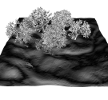 over cost
over cost
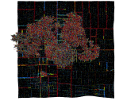 superpositions
superpositions
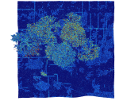
 over cost
over cost
 superpositions
superpositions

Members involved
- Jean-Philippe Farrugia
- Jean-Claude Iehl
- Vincent Nivoliers
Sampling
Computing exactly all the light interactions through a scene is currently not feasible. Sampling techniques are therefore to be used to define a set of rays to be traced. The use of sampling induces aliasing problems, which lead to stair case effects and noise in the generated images. To reduce these effects, R3AM works on the spectral study of sampling patterns, their efficient generation given desired properties, and the post-processing of the result to reduce the artifacts.Focus : Fast Tile-Based Adaptive Sampling with User-Specified Fourier Spectra
Members involved
- Victor Ostromoukhov
- Jean-Claude Iehl
- Vincent Nivoliers
- Hélène Perrier
- Maxime Sainlot
Publications
The team's publication record is available on the LIRIS website.Code
gKit
Repository and wiki A wrapper to ease the use of modern openGL, used both as teaching material and to aggregate the code of the team.
hg clone https://bitbucket.org/jciehl/gkit2
Collaborations
Academic collaborators
- Pierre Poulin (University of Montreal)
- Mathieu Desbrun (Caltech)
- Katherine Breeden (Stanford)
Industrial collaborators
- AMD
- CEA
- Mercenaries Engineering
